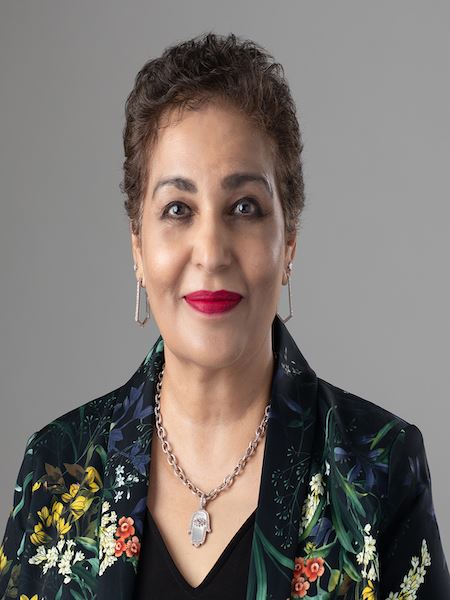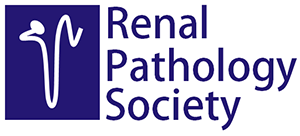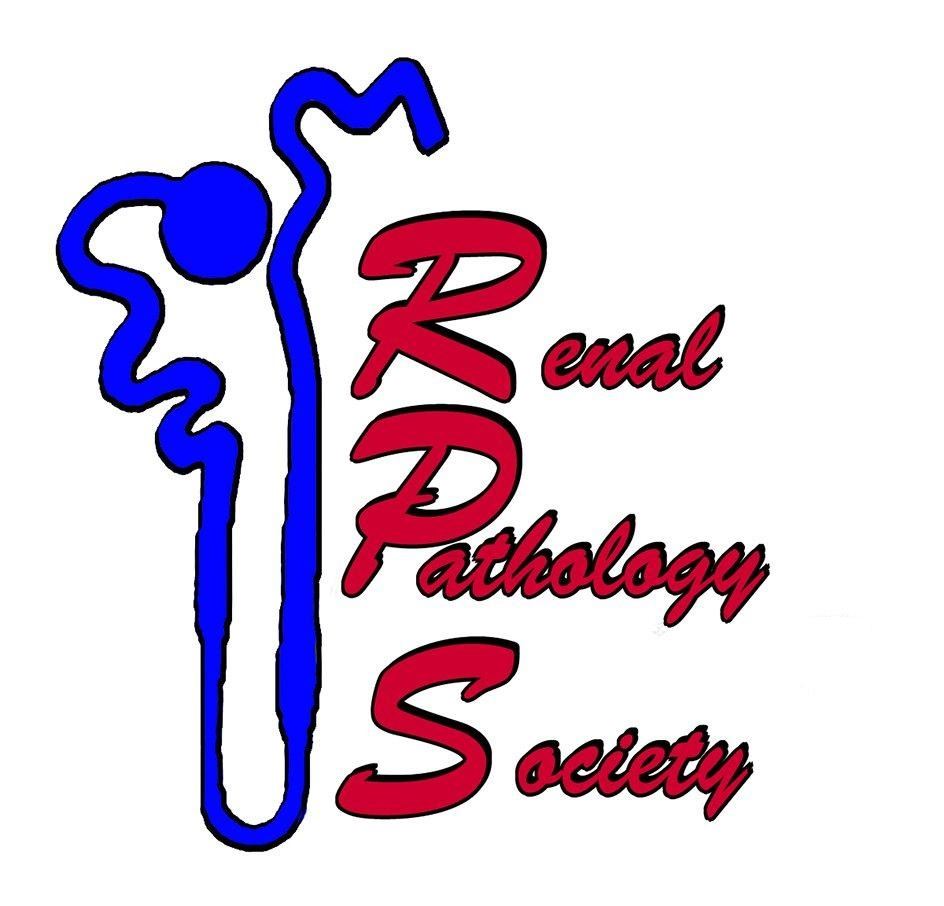Dear RPS members,

The RPS would like to continue our focus on embracing diversity, equity and inclusion and on broadening our international network. One way to achieve this goal is to celebrate a semi-monthly calendar of observances and appreciations with 10-question interviews highlighting our diverse pool of members. As May is Asian American and Pacific Islander Heritage Month (Asian Pacific American Heritage Month 2024 (asianpacificheritage.gov)), and our May interview is with Dr. Harsharan Singh. Dr. Singh is a Professor of Pathology at The University of North Carolina at Chapel Hill. She is a past Secretary of the RPS and has served on many RPS committees over the past 2+ decades.
Please find the interview below:
1. 1. What is your name, where were you born, where do you work?
My name is Harsharan Kaur Singh, but everyone knows me by “Sharan”. I was born in India at the foothills of the Himalayas in Chandigarh, the capital of Punjab, a northern Indian state. I have worked at The University of North Carolina at Chapel Hill School of Medicine since 2001.
2. What is your number one topic of interest in nephropathology?
My interest combines my expertise in Cytopathology with Electron Microscopy, and Renal Transplantation. I am also subspecialty certified in Cytopathology which I very much enjoy. This combo interest motivated me study urine abnormalities in patients with Polyomavirus Nephropathy and alloimmune induced ultrastructural changes in the transplanted kidney. Alloimmune induced injury in kidney transplants at the ultrastructural level is an area that is often ignored during diagnostic decision making but deserves, in my mind, much more attention.
3. What do you like most about your job?
The close working relationship with my clinical colleagues, nephrologists and transplant surgeons. I love teaching medical / dental students, graduate students, residents and fellows. My true joy has been in the daily interactions and in teaching our Nephropathology fellows who have come from all over the world.
4. What is the most challenging aspect of your job?
As for most professionals in any field, I think time management is the most challenging aspect. With clinical, administrative, teaching and research duties, it is easy to forget to carve out time for one’s own physical and mental well-being. I am definitely guilty of that. Without health (mental and physical) we cannot perform at our peak.
I learned this the hard way since I was recently diagnosed with cancer and had to undergo chemo- and radiation therapy. The adage “health is the real wealth” hit me hard. Now I truly prioritize my time to focus on my own physical and mental well-being.
5. What did you want to become when you were a child?
Since the age of 8, I only wanted to be an Anesthesiologist (hard to believe but true!). In medical school, all my electives were centered around rotations that would help me achieve that goal. Pathology was not ever on my radar screen! I began my residency training in Anesthesiology at the Medical College of Virginia in Richmond and then joined the program at Duke University in Durham, NC. Unfortunately, my career goal came to a screeching halt when I was seriously injured in a car accident. Coming back from work, someone ran a stop sign and hit my car leading to a serious brachial plexus injury in my left arm (I am left-handed). No one was able to determine how much function I would recover and how long it would take even after having undergone major surgery. Despite therapy, the injury subsequently prevented me from fulfilling my duties in Anesthesiology. Consequently, my program director at Duke advised me to look at other career options and to consider specialty training in Anatomic Pathology. At that moment, I literally thought my professional life had ended as I never liked Pathology as a subject in medical school! And now I was to make a career out of it?
Forced to take the leap, I chose to enter residency training in AP/CP at East Carolina University in Greenville, NC where I grew up, where my family lived, and where I could get the emotional support from them that I needed to start fresh. There, I fortunately met the right person at the right time who charted my subsequent career path in Pathology: Jan F. Silverman. He was my residency program director and sparked my interest in Cytopathology. I must admit that for several years, deep in my heart, I still held on to the belief that I would go back and finish my training to practice in my beloved field of Anesthesiology. However, the further I progressed in my Pathology training and the more Jan Silverman mentored me, the more that idea faded away. But it took time - and to be totally honest, a part of me still misses the Operating Rooms and Anesthesiology – a bit! However, in retrospect, this major change in my life and my career path has indeed turned out to be, as they say, “a blessing in disguise”!
6. What would be your wish for the future - in general or in relation to your work?
I would like to see more understanding, one to one open communication, and teamwork in the workplace. Over the past decade but especially magnified during the Covid lockdowns, I find less cooperation and less willingness to understand each other in the workplace. This is leading to fewer people entering the medical profession, especially academia, and more doctors leaving medicine at a much earlier age. Instead of competing, let’s think more about collaborating.
7. Any special interests in pathology apart from Nephropathology?
My other areas of interest have been electron microscopy and its use in diagnostic renal transplant pathology and of course Cytopathology, which was my first area of interest and sub-specialization.
8. How do you think Renal Pathology will look like in 10 years’ time?
I believe there will be more precision medicine entering into the picture: AI, digital pathology, molecular testing, etc. However, I do not believe that any of these modalities can or should replace a renal pathologist. I hope that we keep alive our unique expertise of studying the kidney biopsy to identify key / characteristic morphologic changes and then, based on what we see, decide what additional tests we may need. So, I still see a “human being” – the Pathologist – in the driver’s seat but with adjunct tools for a more individualized workup at hand.
9. Who would you consider to be your mentor in renal pathology or pathology in general?
I consider Jan F. Silverman, as my mentor in the field of Pathology as a whole. Jan was the Director of Anatomic Pathology and Cytopathology at East Carolina University where I did my residency training and where I would later join the Faculty for 6 years. He is not only a brilliant Anatomic Pathologist but an amazing teacher. He realized early on that I was having a very difficult time making the transition from clinical medicine and Anesthesiology into Pathology. Therefore, he decided to put me on 3 months of Cytopathology under his supervision early in my first year of training. That rotation was the beginning of my interest in Fine Needle Aspiration Biopsy (FNA) and Cytopathology. After my final year of residency training, I stayed on as Faculty so that I could continue to work with Jan. As junior faculty, I learned about the need for someone to also focus on the Nephropathology and Electron Microscopy services, so I took on those challenges as well – a difficult task when you must start from scratch. Early on, I was lucky enough to meet both Mike Mihatsch and Volker Nickeleit at the University of Basel, Switzerland and to collaborate with them. They were both always willing to help me as I started my Nephropathology career and to provide a guiding hand. In 2001, I was recruited by UNC Chapel Hill and joined the faculty primarily as a Surgical Pathologist and Cytopathologist with an initial minor role in Nephropathology Division. However, I was lucky and continued to have my own outreach renal biopsy service for East Carolina University and some private nephrologists in the eastern part of the state as they wanted me to continue providing renal biopsy interpretations for them. In 2006, I had to choose which path I wanted to pursue to become a tenured Professor in the UNC system: Cytopathology or Nephropathology. I whole heartedly chose the latter at UNC. My most significant mentor in Nephropathology has been my colleague, Volker Nickeleit, who directed the Division of Nephropathology and with whom I was able to form a team and to collaborate. Volker deserves full credit for my success and gaining expertise in renal allograft pathology. My expertise in cytopathology and electron microscopy led me to study urine abnormalities in renal allograft recipients. This skillset was very helpful when we as the Nephropathology team studied various aspects of Polyomavirus Nephropathy and alloimmune induced kidney transplant injury. As many of you may know, I was lucky to accidently discover urinary polyomavirus Haufen as non-invasive biomarkers for Polyomavirus Nephropathy while studying urines of allograft recipients by electron microscopy.
10. What is your favorite non-work-related activity or way to spend your time?
Traveling, especially back to my home country of India and discovering the vast diversity from one region to the other. I love cooking, especially Northern Indian Punjabi food. When I have time but more importantly, when I am in the right artistic mood, I love to paint. I love dogs and work with several animal rescue groups to provide whatever help they may need.

Bonus Question: Have you experienced any challenges or is there anything you would like the RPS to know about navigating the field of academic medicine (or non-work-related life) as an Asian American? Are there specific experiences that you would like to share?
My late Father, a Sikh who wore a turban his entire life came to Mississippi to earn his PhD. His initial intention was to go back to India but ultimately, he made the decision to stay and that is when he brought us from India to Mississippi to join him. When I arrived, I was 6 years old. I was the only little “brown” skinned kid in my all white elementary school in Mississippi during the time of segregation in the US. I was ridiculed and made fun of, even beaten up in the school yard once. But my inner strength and sense of self-worth instilled by my parents kept me focused and always holding my head up high even at that young age. After having spent 3 years in Mississippi, we moved to North Carolina where I grew up and where I have lived most of my adult life. It was not until medical school that I really started to face discrimination being both female and an Asian American. I vividly remember being told on several occasions by Chief Residents “Young Dr. Singh, go get us some coffee and burgers” while they taught the male medical students.
This type of (more or less subtle) discriminatory behavior increased during my residency training in Anesthesiology and the work conditions in predominately “white male” dominated Operating Room suites. Also, during Pathology residency training, discrimination could be felt but it was more subtle. As an attending in 2 different academic institutions, I saw few female tenured Professors let alone those who were Asian American or of another minority. Due to perseverance, luck, and a “thick skin”, I not only survived but advanced in a sometime difficult academic environment to become a tenured Professor at UNC. In my experience, minority women in academic medicine are often (even now) not taken seriously and are not given the same opportunities to be involved in important decision making at the departmental level or to serve on prestigious committees. Their input and success is still not celebrated like that of their male peers. This is slowly improving but, in my opinion, progress is made at a snail’s pace.
On a personal note, my family and I have faced discrimination at various levels and times since immigrating to the United States. My Father was a proud Sikh who refused to stop wearing his turban or shave his beard at any cost. After 9/11, mainly because of mistaken identity, we became targets of hate speech and racial slurs. My late Father who was and will always be my “true North”, gave me a valuable piece of advice that I want to pass on to others that are immigrants like me: “You will only truly be respected, and your value recognized by others when you are first proud of your own heritage and culture”.





